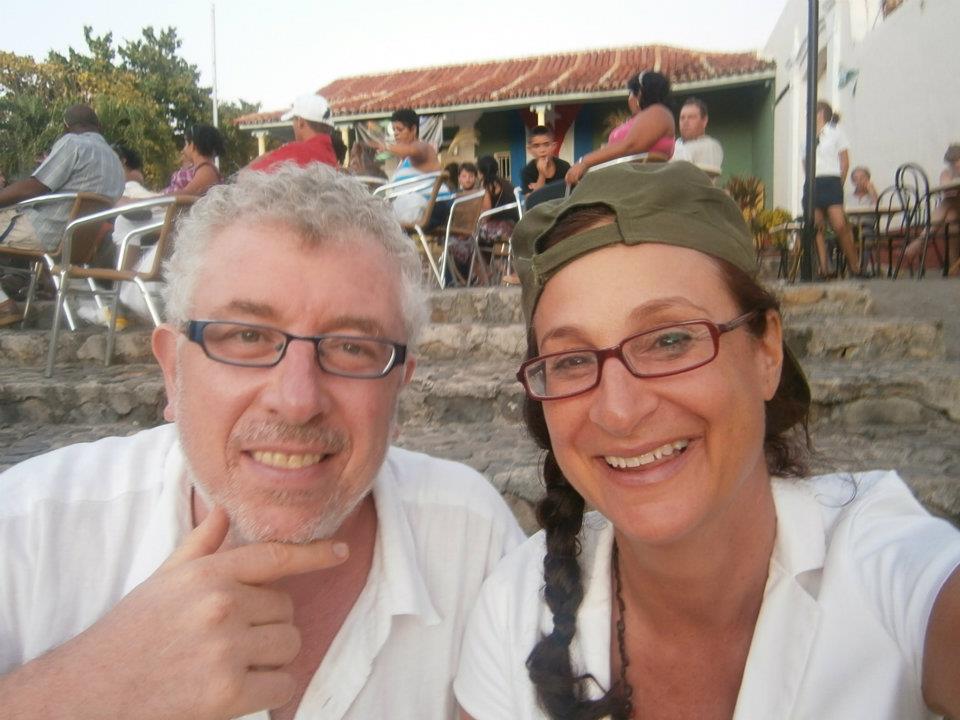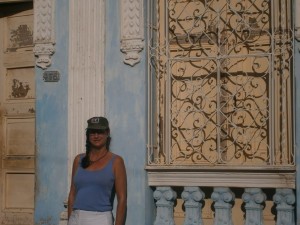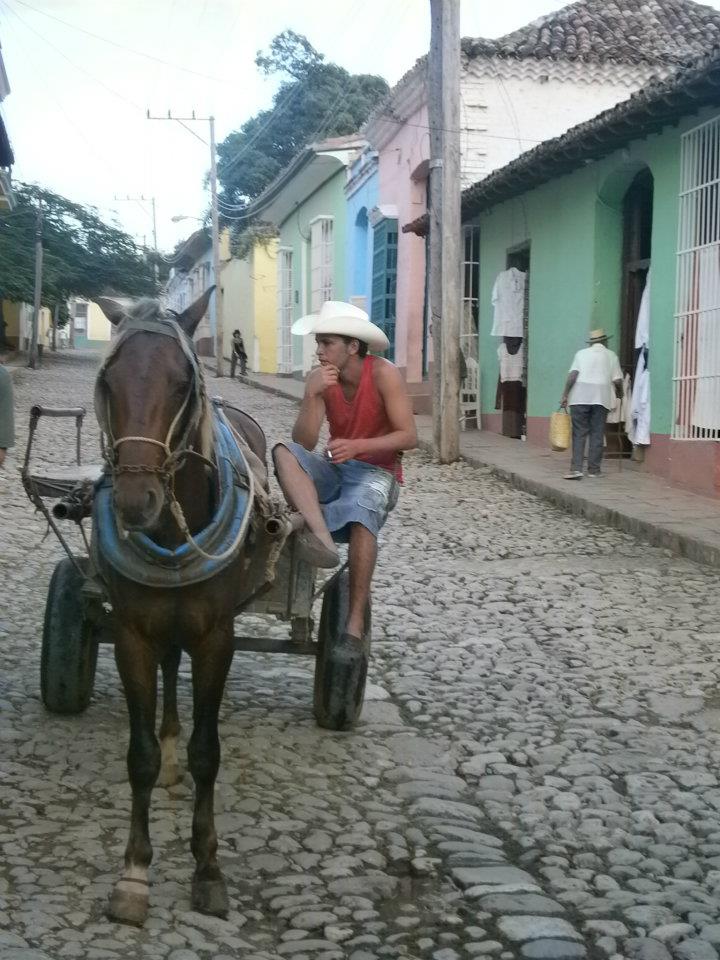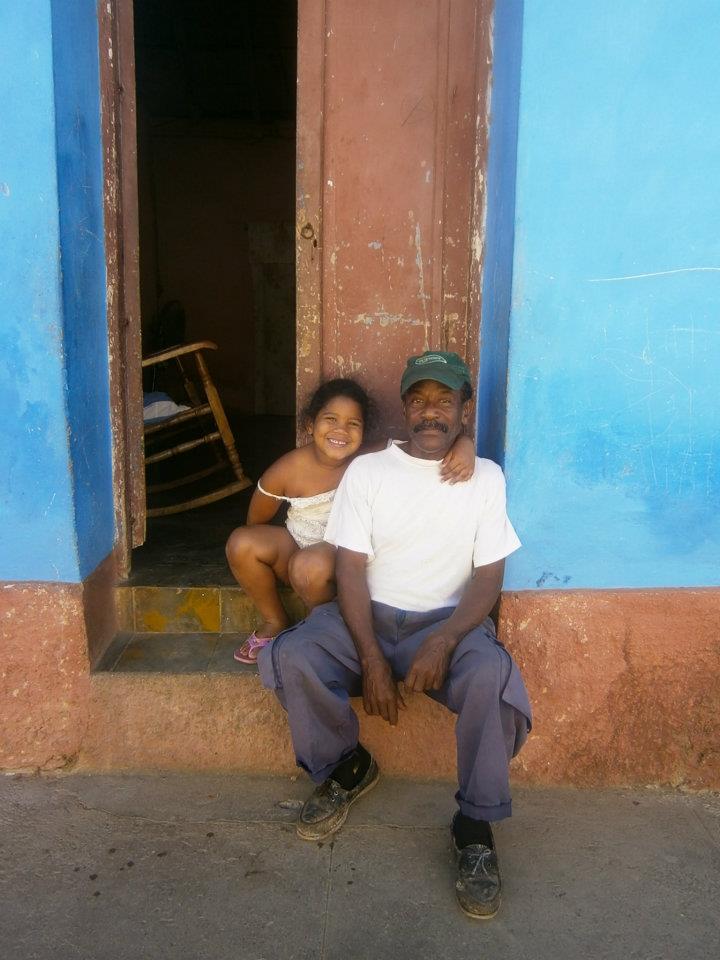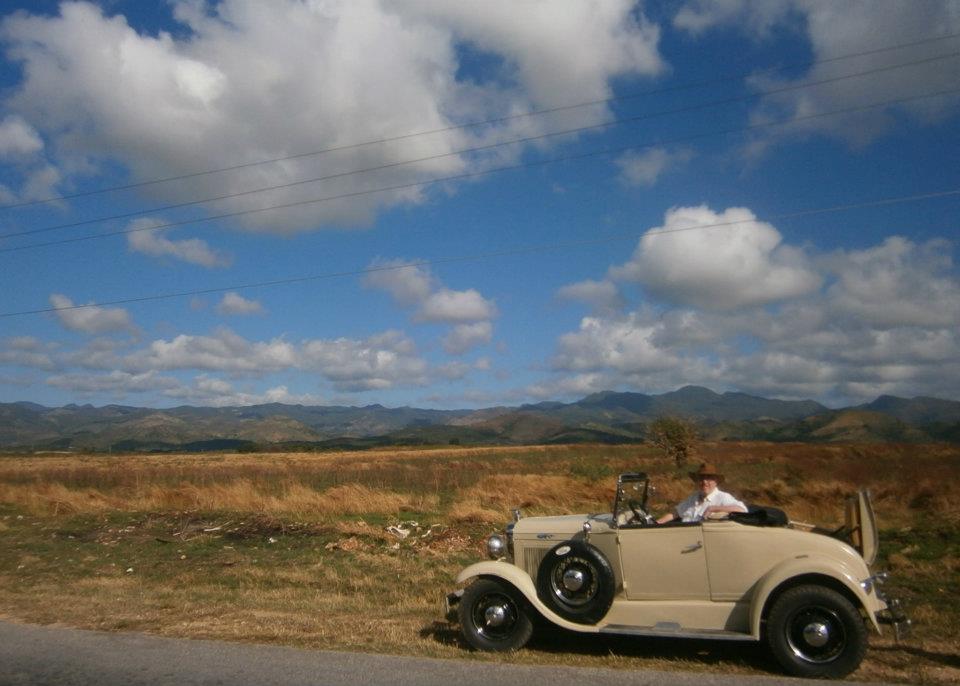Trinidad, a UNESCO world heritage site, is much as it was nearly 350 years ago, very much the quintessential Cuban time warp, a living monument to the island’s golden age.
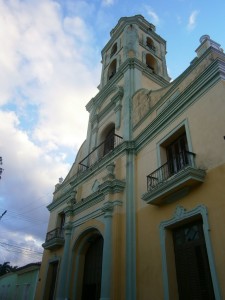
.
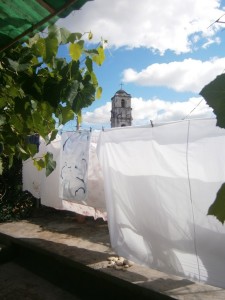
.
.
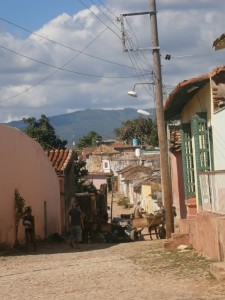
.
The city has been beautifully preserved and is remindful of some parts of Granada in many ways, but has many more cobblestoned streets (in the older section ) and 99.9% of residents are of course Cuban, compared with Granada which has a higher population of foreigners. Trinidad is captivating, especially at dusk when the light is intense yet soft, and brings a golden hue to the pastel colored houses and horse drawn carts. We spend many hours walking away from the center up and down the curving streets – designed to confuse pirates – talking to people who initially are trying to lure us to restaurants or houses but easily progress to non-mercantile conversations.
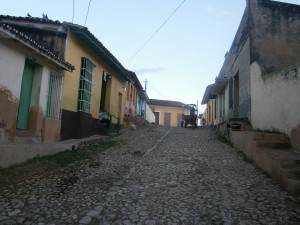
.
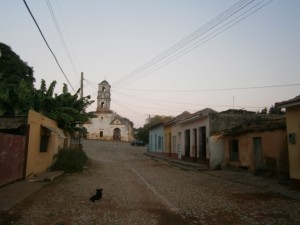
.
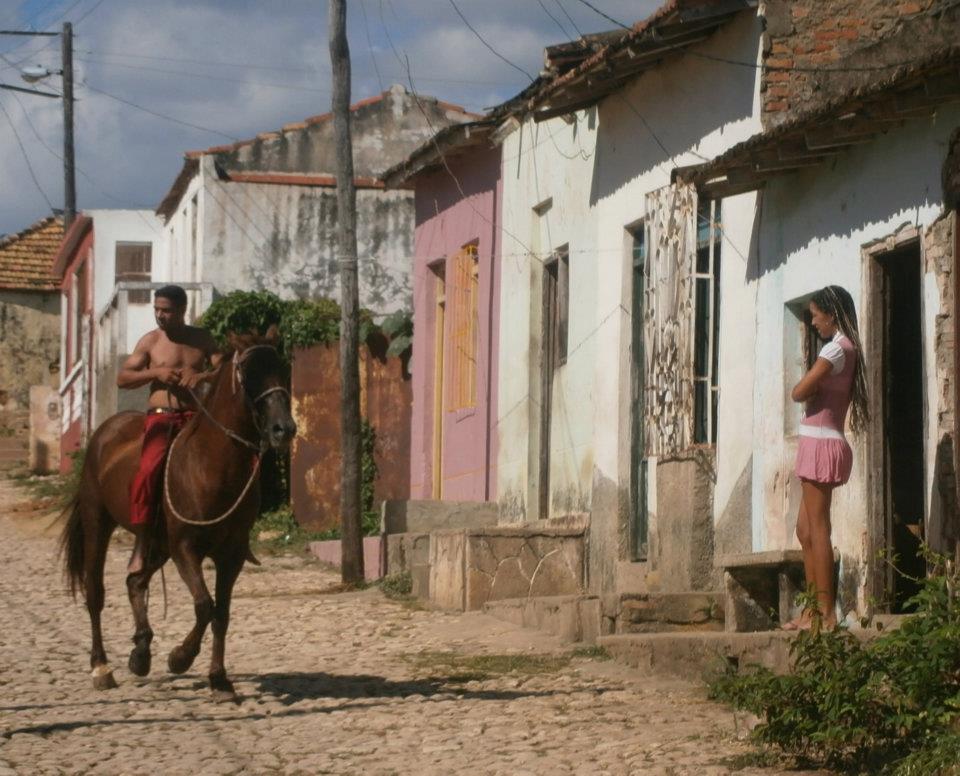
.
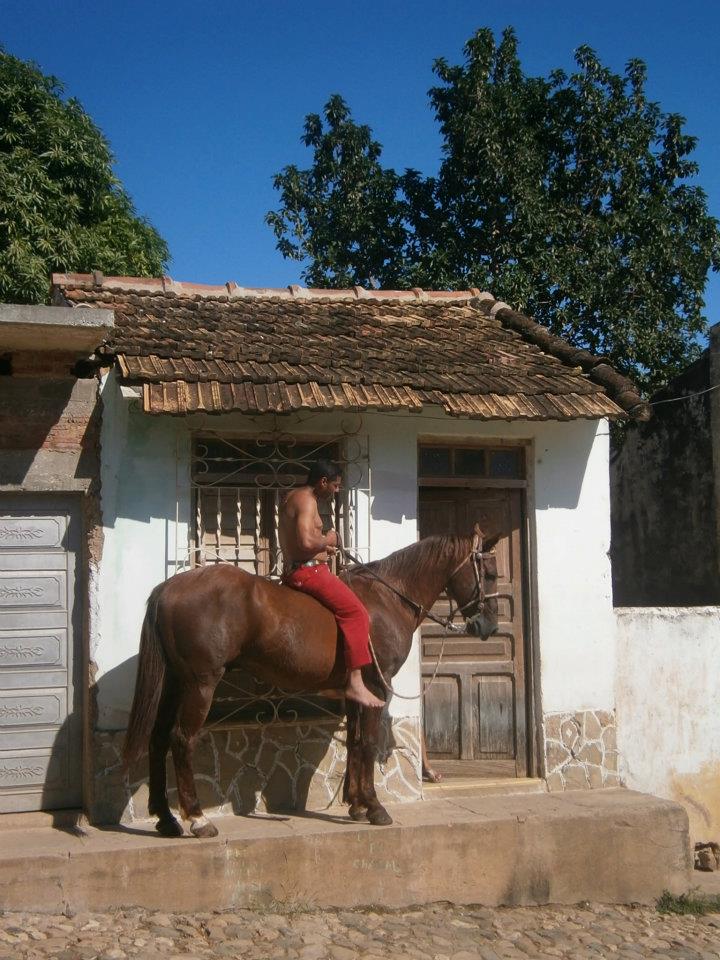
.
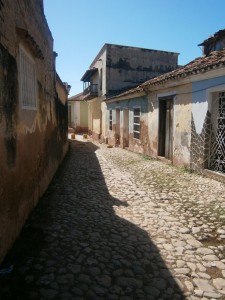
.

.
The city operates much as it has for hundreds of years and we enjoy looking into many of the houses, many of them grand mansions restored and reflecting a period of economic boom during the years of slaves and the sugar industry. We go into stores to get a sense of what is available for locals to buy — which for the most part, have limited products. Some are given free to residents, others work according to a system where everyone has a little book that allocates a certain amount of basic items such as cereal, rice, beans, coffee, pencils, soap per month, per family member.
.
People ask for soap and pencils and Ben has had a dozen people or so ask him to sell them or give his linen shirt. Why all the interest in the shirt is a bit of a mystery, especially given the city’s extensive trade of beautiful white cotton shirts, but as always, one seems to want what one doesn’t have, so the linen shirt is a big hit. Trinidad has offered us many opportunities to chat with locals. Here are some of the folks who crossed our paths…

.
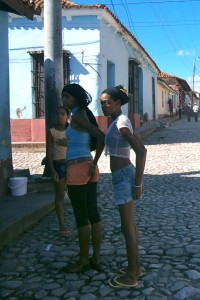
.
.
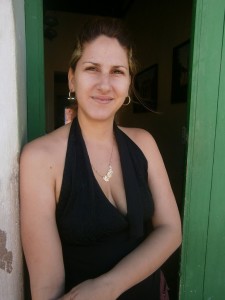
.
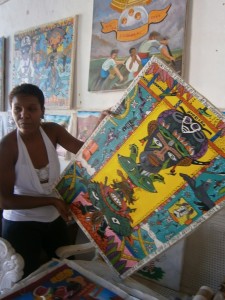
.
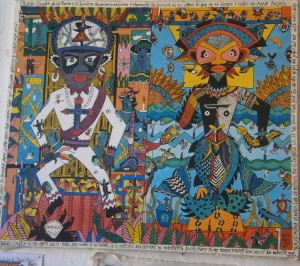
Medical treatment and supplies are all free. In fact, we meet a nurse who is doing her rounds in our neighborhood, visiting patients at home, delivering medicine and checking in on individuals who are within her care.
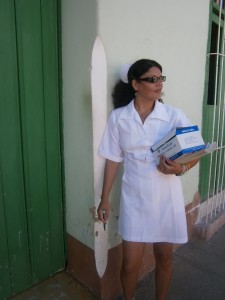
Education is free as well. Cuba in fact has one of the highest literacy rates (98%) in the world. Very much a contrast with Nicaragua where only about 35% of the population progresses beyond grade school. A high level of literacy was established early on as a precept of the Cuban revolution and not only did this become a high standard for the Cuban nation, but Cuba fanned out to allied countries throughout Latin America for literacy drives, on the belief that an educated populace would naturally conclude that the Socialist model is preferable to the capitalist model it sought to combat. Within the population of Nicaraguans we associate with, be it CO2 Bambu’s workers or our own doctor, who is Cuban, there is day to day evidence that Cuban education support has been a valuable contribution to the development of Nicaragua.
.
It is fascinating being in Cuba and noting the comparisons with Nicaragua of which there are many… The few foreigners we engage with during our trip are quick to warn us not to “romanticize” Cuba. But of course, this is all a matter of perspective. Surely, to a European, Canadian or US audience, there are signs of relative poverty and therefore this triggers a knee-jerk reaction about theoretical differences between the political and economic systems. But, coming from Nicaragua, which also comes from a 20 year history of right of center, democratic governance anchored on free trade, but also happens to be on the bottom of the capitalist food chain, as the second poorest country in the hemisphere, or visiting Cuba after spending some time in 2011 in Haiti, the poorest country in the region even before the earthquake, we have a different perspective. We are simply observing that people have food, roofs over their heads, running water, access to medical services, toilets, kitchens etc.
.
One of the major downsides is of course the lack of freedom in travel and access to international news, as well as having to contend with various levels of rules and regulations that must be strictly adhered to. Still, when we discuss with local Cubans, we observe that even if there is a theoretical right to travel in Nicaragua, per say, it is only theoretical as the country is so poor that only a small slice of the population actually DOES travel. And of course some in Cuba do travel as well, as we keep running into people telling us about their cousin or uncles working in the US, Canada or Europe, and sending remittances to help the family back home.
.
We spend a few very enjoyable days in Trinidad. We go in a 1920’s cream colored ford convertible to the nearby little fishing village of La Boca, which has a view across the ocean to the Sierra del Escambray mountain chain. The small beaches are either white or black coral – from huge rocks of coral to small “shells” and pieces of coral which make up the shoreline.
.
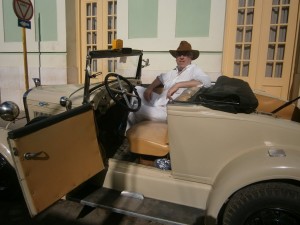
.
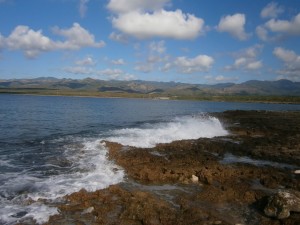
.
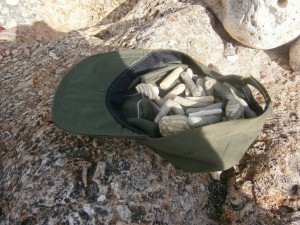
.
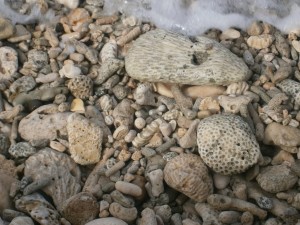
Music is everywhere… clearly a central feature to Cuban life is music, song, dance and rhythm. In this part of the country, we get treated to world class afro-cuban folkloric music, with a lot of percussion…
.
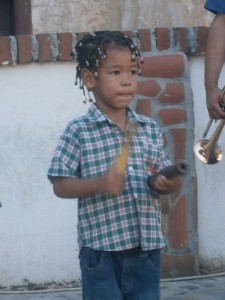
.
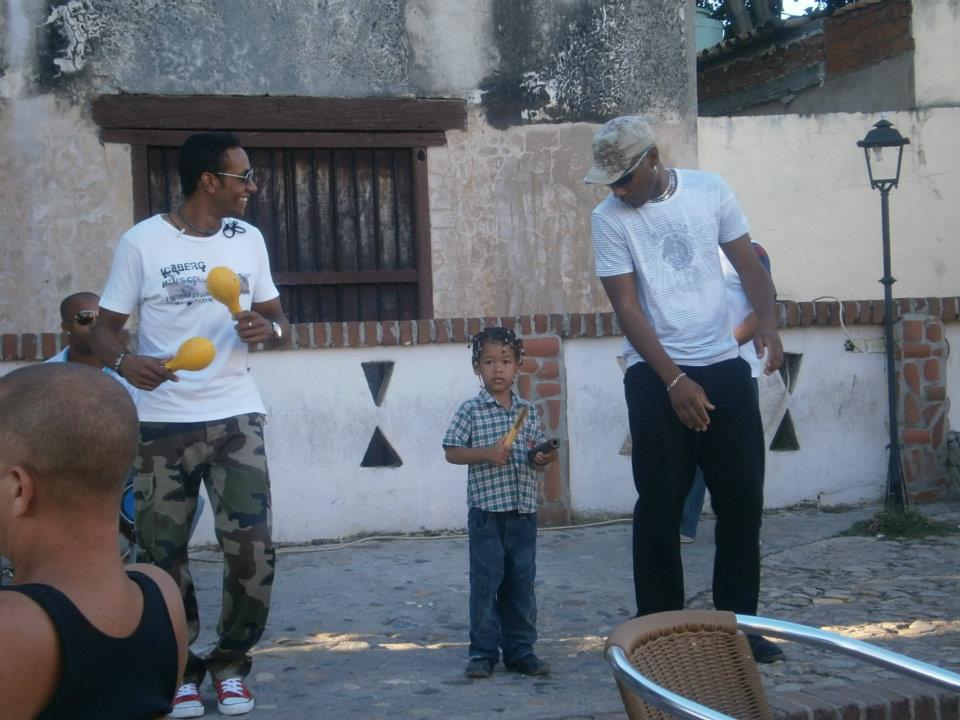
.
